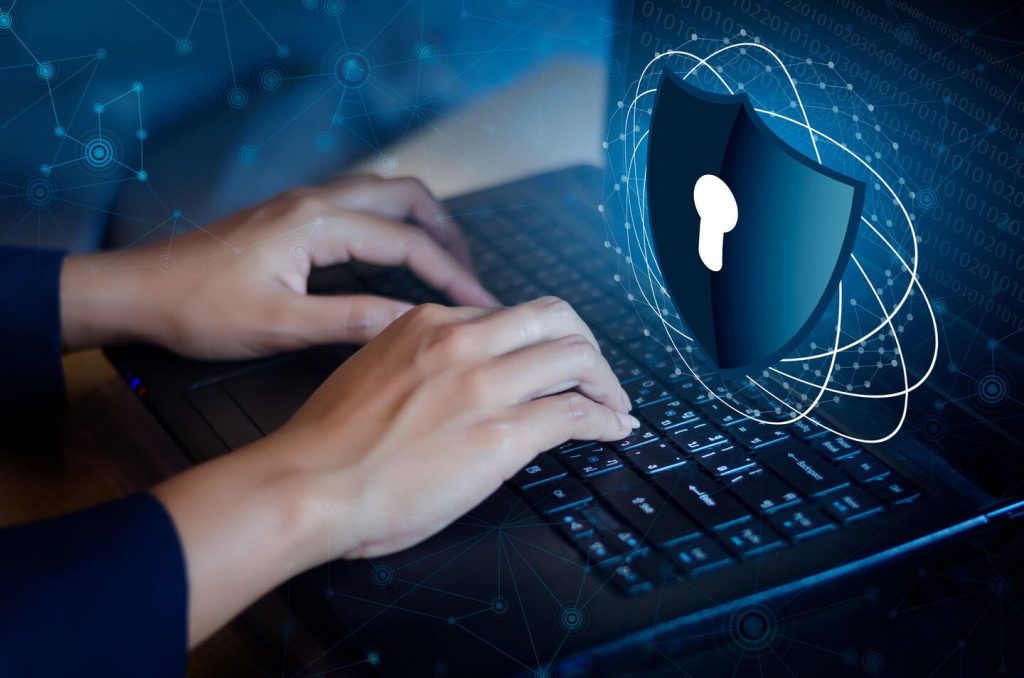Rising Cybersecurity Threats
Recent reports indicate that the increase in remote work has led to a staggering 600% rise in phishing attacks and a 300% increase in reported cybercrimes. These statistics highlight a critical concern: as employees access sensitive company data from home, they often do so over less secure networks and personal devices. These devices typically lack robust security measures, which creates numerous entry points for cybercriminals eager to exploit any weakness.
Real-World Examples
For instance, consider an employee who connects to their company’s network via a home Wi-Fi connection. Unlike corporate networks, which employ advanced security protocols, home networks are often unsecured and vulnerable. Thus, cybercriminals can infiltrate these networks easily, launching attacks that compromise sensitive information. Furthermore, the situation worsens because many employees lack adequate training to recognize potential threats or follow best practices for cybersecurity.
Organizational Responses
In response to these challenges, organizations are implementing stricter cybersecurity measures. Many invest in Virtual Private Networks (VPNs) and multi-factor authentication (MFA) systems to secure remote access. These tools help create a secure connection between remote workers and corporate networks, thereby reducing the risk of unauthorized access. However, reliance on these technologies does not eliminate vulnerabilities; hackers continuously adapt their tactics to bypass security measures.
The Rise of Social Engineering
Moreover, the phenomenon of “social engineering” has gained traction among cybercriminals. Attackers often impersonate trusted entities—such as tech platforms like Zoom or Microsoft Teams—to trick employees into revealing sensitive information or downloading malicious software. This manipulation exploits human psychology rather than technical flaws, making it particularly challenging to combat.
Financial Implications
The financial implications of cyberattacks are staggering. Data breaches can cost organizations millions of dollars—not only in recovery efforts but also in potential fines and loss of customer trust. In fact, in 2023 alone, the average cost of a data breach reached approximately $4.24 million per incident. With remote work becoming a permanent fixture for many businesses, the stakes continue to rise.
Training and Awareness Programs for Cybersecurity
To combat these threats effectively, organizations must prioritize employee training and awareness programs. Regular workshops can equip staff with the knowledge needed to identify phishing attempts and understand the importance of strong passwords and secure connections. By fostering a culture of cybersecurity awareness, companies can significantly reduce their vulnerability to attacks.
Adopting Zero Trust Security Models
Additionally, employers should consider adopting a “zero trust” security model. This approach assumes that threats could originate from both inside and outside the organization. Therefore, it requires verification for every access request regardless of its source. Implementing this model can help minimize risks associated with insider threats and unauthorized access.
The Future of Cybersecurity
As we look toward 2024 and beyond, it is clear that cybersecurity will remain a top priority for organizations embracing remote work. The integration of artificial intelligence (AI) and machine learning (ML) into cybersecurity strategies is expected to play a pivotal role in detecting and mitigating threats in real-time. These technologies can analyze patterns and identify anomalies that may indicate an impending attack, allowing for quicker responses.
The future of remote work security will likely focus on enhancing endpoint protection—securing individual devices used by employees—and ensuring secure connections through advanced encryption methods. Consequently, companies must remain vigilant and proactive in their approach to cybersecurity as they navigate this evolving landscape.
In conclusion, while remote work offers undeniable benefits for both employees and employers, it also presents significant challenges regarding cybersecurity. Therefore, organizations must adapt swiftly by investing in robust security measures and fostering an informed workforce capable of recognizing and responding to potential threats. As cybercriminals become increasingly sophisticated, so too must our defenses against them.


